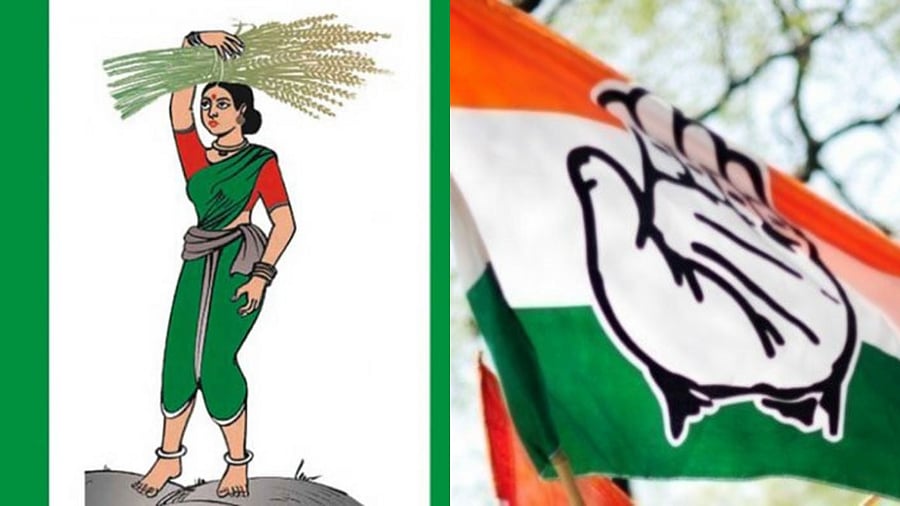
With the Karnataka polls around the corner, the focus is again on major parties in the state including Congress, BJP, and JD(S) which has, on occasion, joined hands with the grand old party and the saffron party. On April 27, leaders Narayana Gowda and Prabhakar Reddy quit JD(S) and went over to the Congress.
JD(S) leader and former Karnataka CM HD Deve Gowda meanwhile told ANI to 'wait and watch how things move' in the poll-bound state.
As parties gear up to try and secure a majority in a state where coalition governments have been doomed to crumble, here is a look at the 2004 Congress-JD(S) coalition that fell apart. The two parties again attempted to join hands in 2018 but the partnership was short-lived then as well.
Turning back the clock - the 2004 alliance
The JD(S) has mostly maintained a presence in the Vokkaliga bastion but in 2004 - when the party managed to win 59 seats - they saw a popular Congress Vokkaliga Chief Minister S M Krishna make a bid for office for a second time. Deve Gowda, to prevent the rise of an alternative leader to the Vokkaligas, mounted an attack on Krishna which prevented any party from getting a majority in that polls.
Congress came second after BJP and JD(S) played kingmaker to enter into an alliance with the grand old party - for Karnataka's first coalition government.
The coup from within
Headed by Congress's Dharam Singh, this government completed 20 months before the JD(S) faced a family coup. Kumaraswamy, keeping his father in the dark, led a group of MLAs from the party to withdraw support to the Dharam Singh government. This faction entered into an alliance with the BJP.
Kumaraswamy then became chief minister while B S Yediyurappa, a Lingayat, became Deputy CM. While Deve Gowda initially disliked that Kumaraswamy had sacrificed the secular credentials of the party with his alliance, he came around to the fact that this move had saved the JD(S) from the Congress's attempts to keep poaching the party's MLAs.
Acting in bad faith
Under this new alliance, JD(S) was to hand over the chief minister's post to BSY after 20 months. However, when the time came Kumaraswamy, pressurised by Deve Gowda, refused to honour their agreement, leading to the imposition of President's rule in the state.
As a consequence, Yediyurappa became an unchallenged leader of the Lingayats against the backdrop of intensifying rivalry between the Vokkaligas and the Lingayats.
An unexpected favour to Congress
While the BJP made betrayal a huge issue in 2008 and came to power with 110 seats, forming its first-ever government on its own in south India, Congress too witnessed a revival due to the JD(S). Though S M Krishna had moved to the sidelines following the 2004 polls, the Congress-JD(S) alliance made Siddaramaiah the deputy CM. Unhappy that Deve Gowda did not bargain enough to give him the CM's post, Siddaramaiah's rift with the party grew as he felt the Vokkaliga-dominated JD(S) was not giving him his due.
His organisations for minorities, which would eventually be the foundation stone of his 'Ahinda politics' irked Deve Gowda who removed him from the Deputy CM's post. Siddaramaiah was expelled from the party and he joined Congress followed by many leaders who were close to him.
While the JD(S) was then reduced to Deve Gowda and his family members, Congress gained in numbers from the steady influx of leaders from Gowda's party.
